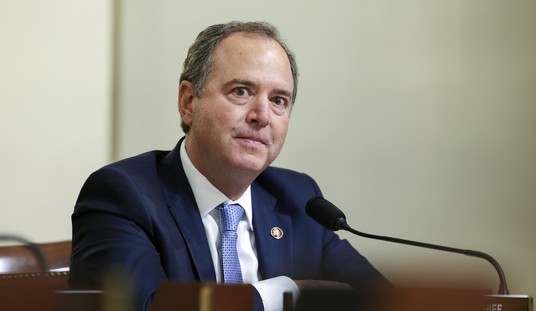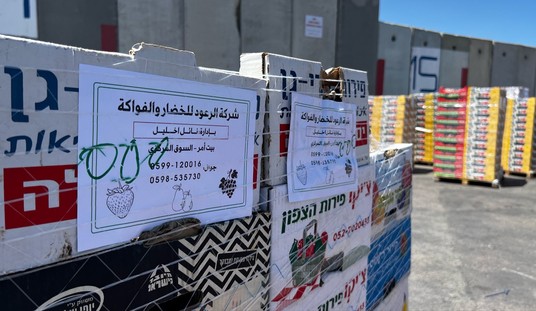Few issues frustrate economic conservatives more than farm subsidies because of their extremely high cost to taxpayers and their role in keeping the price of commodities at artificially high levels. Since 1933, when the United States Government made farm subsidies part of its agricultural policy, many people have urged Congress and the President to eliminate the unfair practice. So far little progress has been made.
The Department of Agriculture (USDA) is required by law to subsidize over two dozen commodities, including cotton, wheat, sugar, rice and dairy products. The program costs taxpayers an average of $16 billion a year. Much of this money is not directed to the few remaining family farms but to farmers, individual and corporate, who have created large “agri-businesses” from their crops and subsidies. Subsidies give farmers extra money for their crops, often paying them not to plant anything in their fields so as not to saturate the market and reduce prices, and they guarantee a price floor, which means the government imposes a limit on how low a price can be charged for a product. Thus, instead of allowing the free market to function and adjust prices according to the level of supply and demand, which would in turn force farmers to plan and change the type of crops they plant based upon market value, the government dictates indirectly but effectively what is and is not planted. This hurts the consumer and the taxpayer.
Brazil won a lawsuit against the United States in the World Trade Organization (WTO) over farm bill programs benefiting the cotton industry, which led Congress in 2006 to eliminate or change some of the programs. But last year the cotton industry was back to Congress seeking more money. In the 2007 Farm Bill the subsidies have become an important issue again. Last week Members of the House of Representatives stripped a critical subsidy and a key storage payment provision from H.R. 2419, the Farm Bill approved by the House last year, which is now in conference committee. The cotton industry requested more money for a variety of programs, including the provision which “would have provided textile mills with a four-cent-per-pound payment for buying cotton,” according to THE HILL newspaper. The payment would, in essence, replace one that Congress cut because of the Brazilian lawsuit in the WTO. However, in spite of its requests, the cotton industry was hit hardest in the House’s proposal to reduce the amount of new spending in the Farm Bill.
Recommended
Why the sudden change of heart among Members of Congress about agricultural subsidies, which few have been happy to cut? President George W. Bush has threatened to veto both the Senate and the House version of the Farm Bill because they add too much new spending. The Senate version would raise Farm Bill spending by $12 billion; the House version would raise it by $6 billion. The two sides may agree on a middle number of $9 billion in increased agricultural spending, although President Bush tentatively has agreed to sign a final bill that only contains $6 billion or less in increased spending, according to a statement released by the House Agriculture Committee pertaining to the 2008 Farm Bill Conference.
Despite the veto threat, President Bush’s leadership on this issue is not enough. Instead of increasing spending in the Farm Bill, Congress should be forced to reduce it. And the disingenuousness of some Representatives is apparent already. A spokeswoman for the House Agriculture Committee suggested to THE HILL that the cotton provisions could be added back into the bill during further conference talks, especially if the White House relaxes its veto threat and allows Congress to include higher spending amounts in the bill. The statement released by the House Agriculture Committee last week also noted that House and Senate lawmakers are working with the White House to agree upon an acceptable level of spending, and, once that is done, according to the statement, “the conference committee can begin to make the decisions about what will be included in the final version of the Farm Bill.” In other words, further cotton subsidies may be back.
The final bill must be passed and signed by March 15 so lawmakers are working aggressively to reach a compromise. Rhetoric notwithstanding, the problem is the bill again will fail American consumers and taxpayers while giving enormous handouts to farmers who do not need them. Many of these farmers have become quite wealthy at taxpayers’ expense. Congress successfully tackled welfare reform in the 1990s. Perhaps, with public pressure, it can rid us of agricultural welfare in the near future.

























Join the conversation as a VIP Member